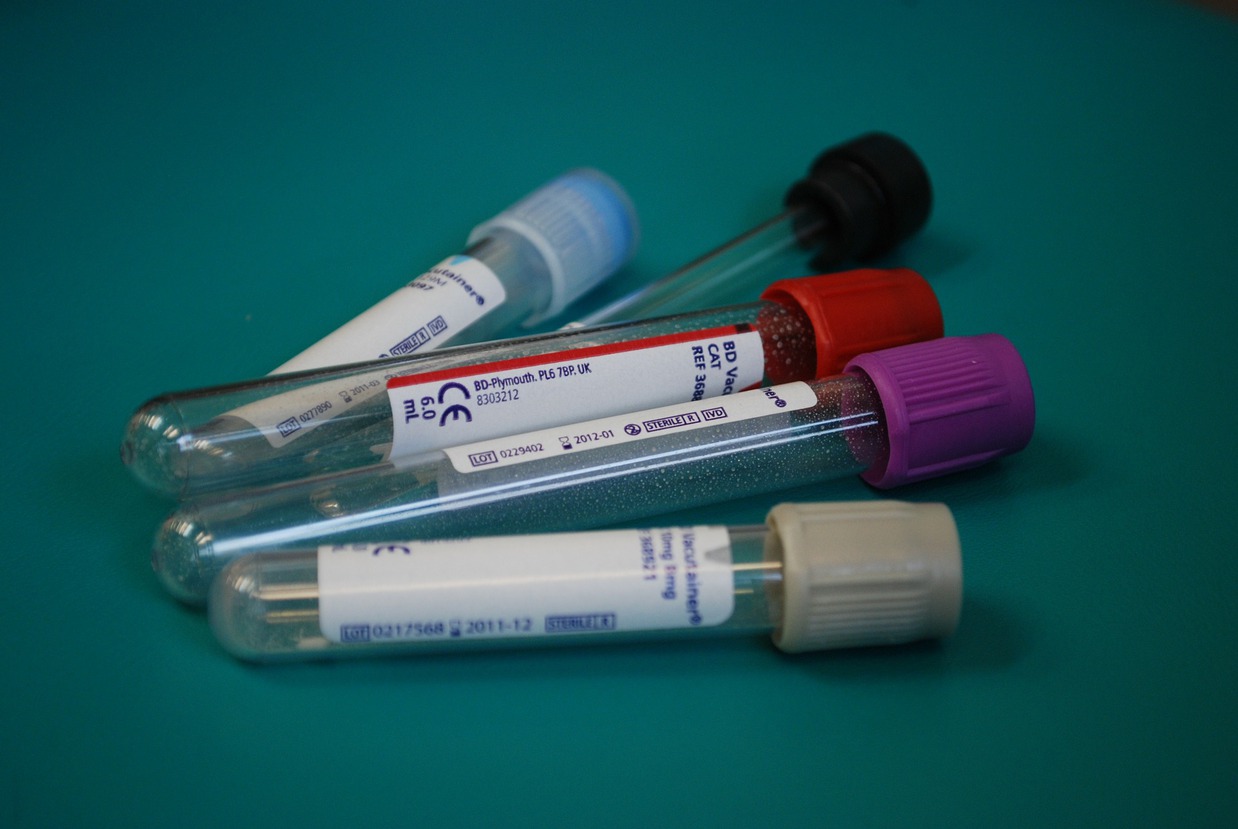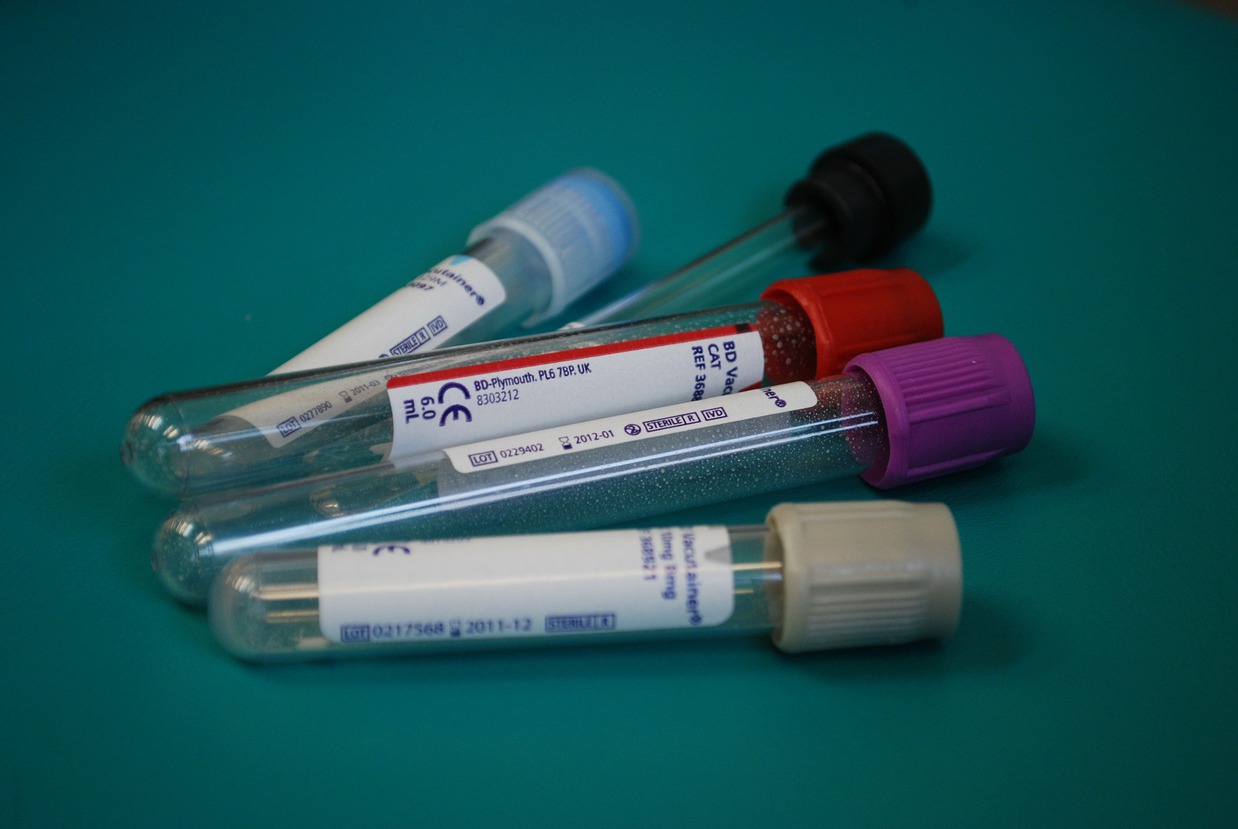
- Posted
- Categories
-
- Code
OpenPathology
This is the code related to our OpenPathology project. Specifically this repo stores ad-hoc analyses, papers, and related research.
The code for the website (and online tool, when developed) are in their own repository.





